Is beet a vegetable?
This is actually a common question. When we look at the foods we eat, sometimes the lines blur in terms of what is considered a vegetable; take a tomato, for instance, as it is technically considered a fruit. It is no wonder that you are asking whether a beet is a vegetable, as we use them in such a diverse number of dishes, even including red velvet cake.
Beetroots, or simply beets, are root vegetables that are popular in various places around the world. They are an incredibly healthy addition to any diet as they offer vitamins and minerals and have medicinal properties. It is not just the roots that are edible, but so are the leaves.
Not only are beets a nutritious vegetable, but the leafy greens of a beet are just as nourishing as the roots themselves. Both the root and the leafy part of this plant are considered a vegetable. We may often overlook these versatile, nutritional powerhouses, but they certainly warrant our attention. So to find out more about this versatile plant, be sure to read on.
The Classification of a Beet
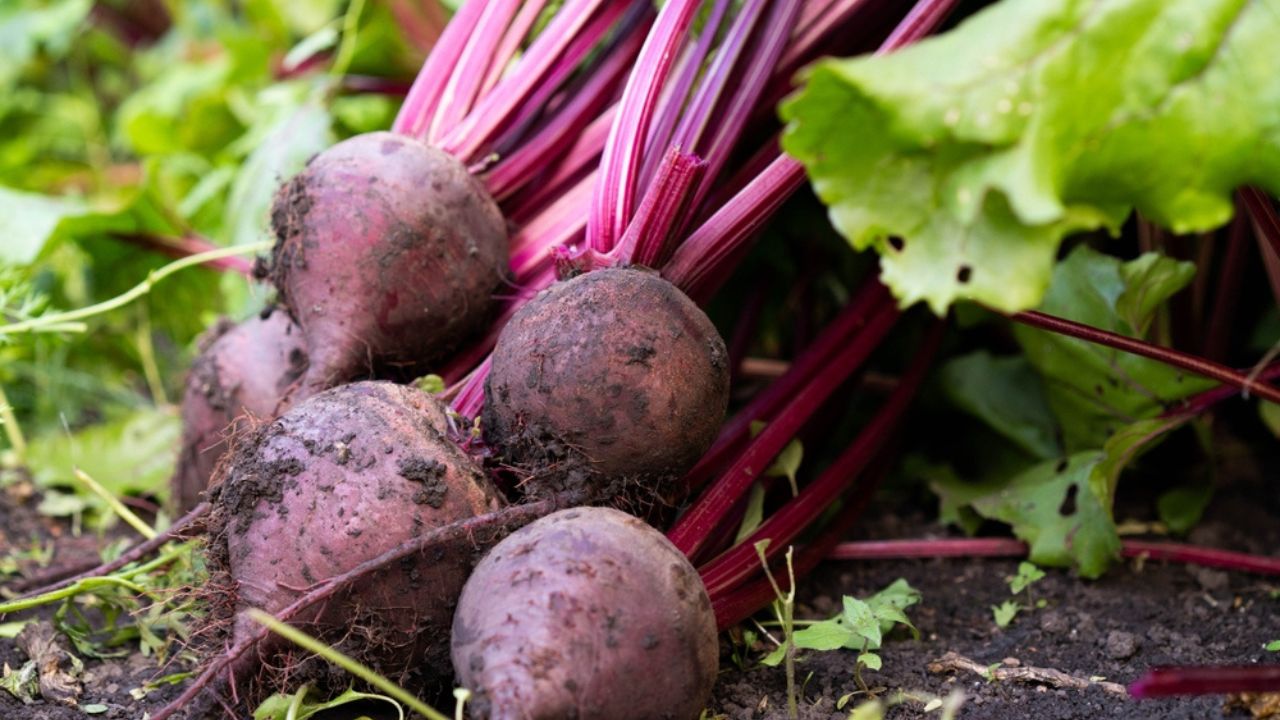
Image Credit: Shutterstock.
The edible part of a soft-stemmed plant, which may include the root, stalk, or leaves, is considered a vegetable. With beets, this includes both the root and its leaves.
Beetroot, or beet, as known in Canada and the United States, is specifically the taproot portion belonging to a beet plant. There are other name variations, including garden beet, table beet, dinner beet, red beet, and golden beet. Despite the many different names, this is all the same plant.
The beet is of a few varieties of Beta vulgaris, which are cultivated for their edible taproots and their green leaves, known as beet greens. Other plants that belong to this species are the sugar beet, spinach beet, or chard which is a leaf vegetable, and mangelwurzel. Plants in this family are generally high in calcium.
Beet vs Beetroot: What’s the Difference
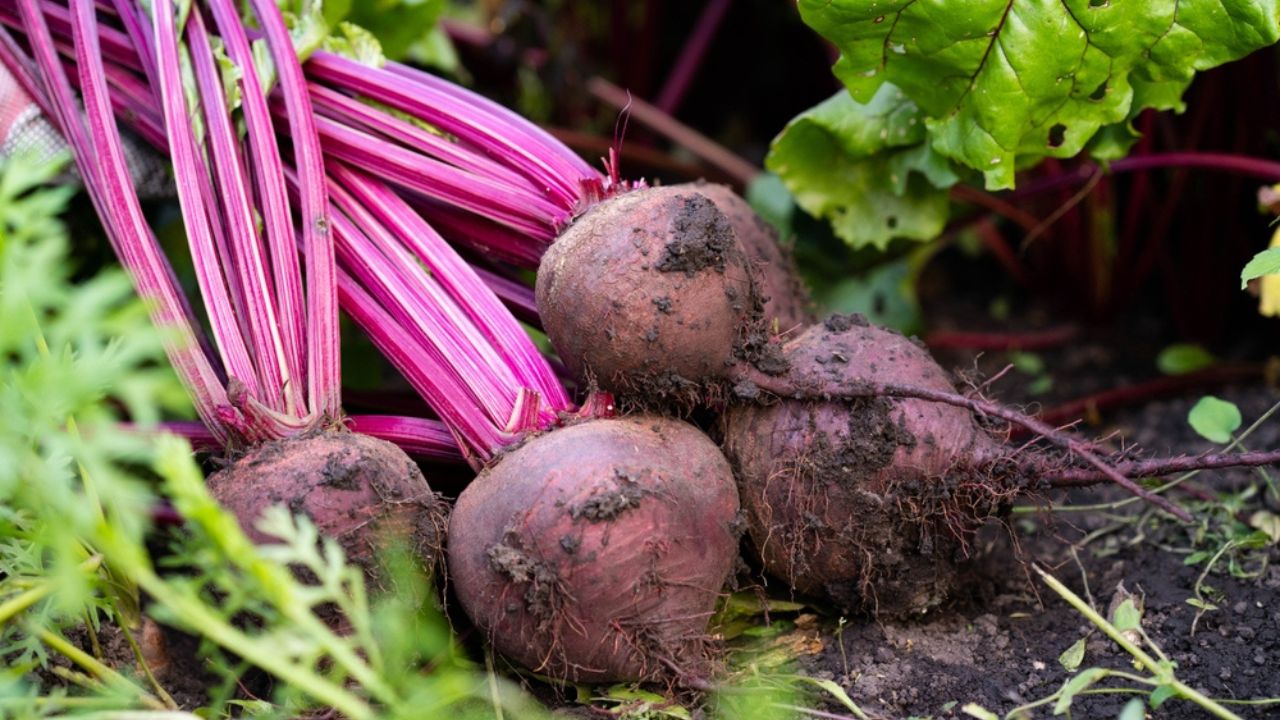
Image Credit: Shutterstock.
Before we go further, let’s take a minute to break down the difference between beet and beetroot because this is something that can be confusing for people.
First, the plant itself is the beet, and the root part of the vegetable that is commonly eaten is called beetroot. For a further definition, beetroot is the edible part of the root of a beet plant, raw or unprepared. Beet is a plant with a swollen root that is often eaten or used to make sugar.
Sometimes the word is used interchangeably. For example, in the United States, it is common to call beetroot just “beet”. But when we say beet, or when a recipe calls for beet, it’s actually referring to the root of the plant, or “beetroot.” (So, not exactly clear!)
The Origins Of Beets
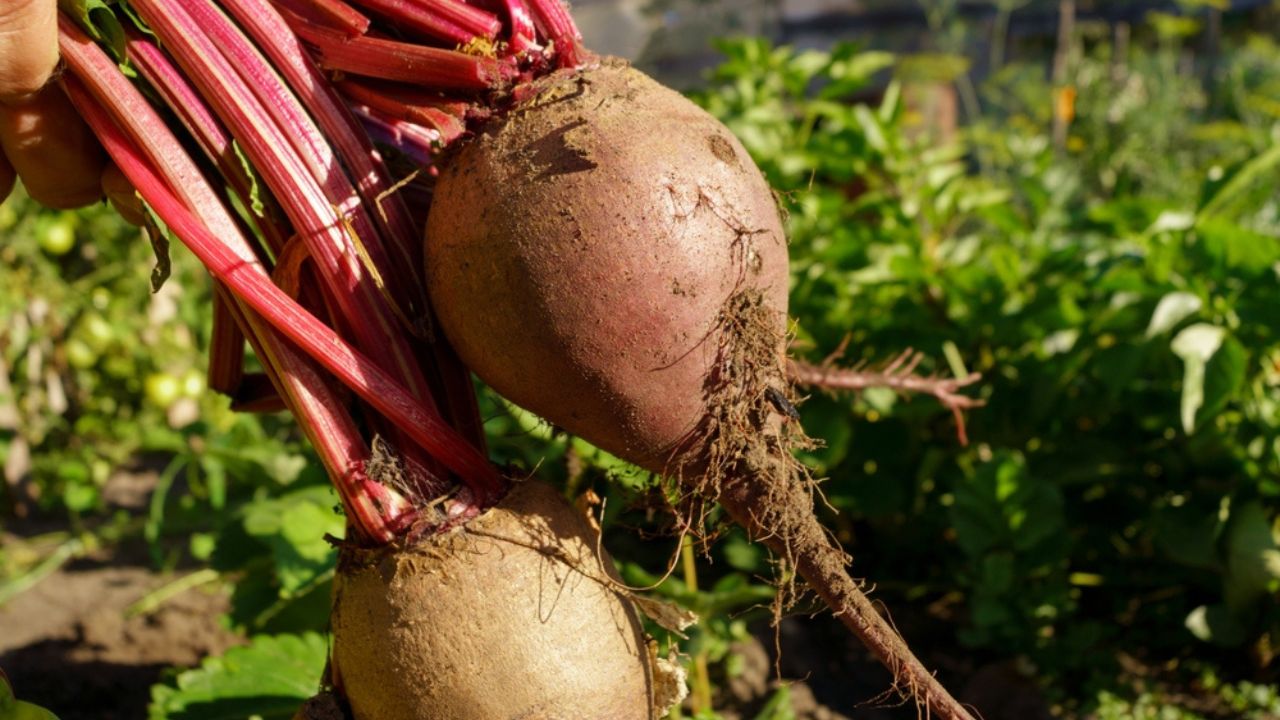
Image Credit: Shutterstock.
Beets, or beetroots as they are known outside of the U. S., are root vegetables that originated in the Mediterranean region. They can still be seen growing in the wild to this day. They were domesticated way back in the 8th century B.C. in the Middle East. When people first started using beets, it was mainly for medicinal purposes.
It is believed that the first civilizations to cultivate beets were the Ancient Egyptians, Romans, and Greeks. During the Roman era, it is thought that they were grown not only for their leaves but also for the roots. From the Middle Ages, beets were used to treat various conditions, particularly ailments regarding digestion.
It was only really in the 1800s when chefs from France noted that this somewhat sweet vegetable had potential as a side dish. When we identify a beet, we will usually note it by its ruby-red hue, but it can also be purple, golden yellow, and even white.
Once we reached the 19th century, it is interesting to note that beets were even used in coloring our wine by infusing it with beetroot juice.
How Are Beets Grown?
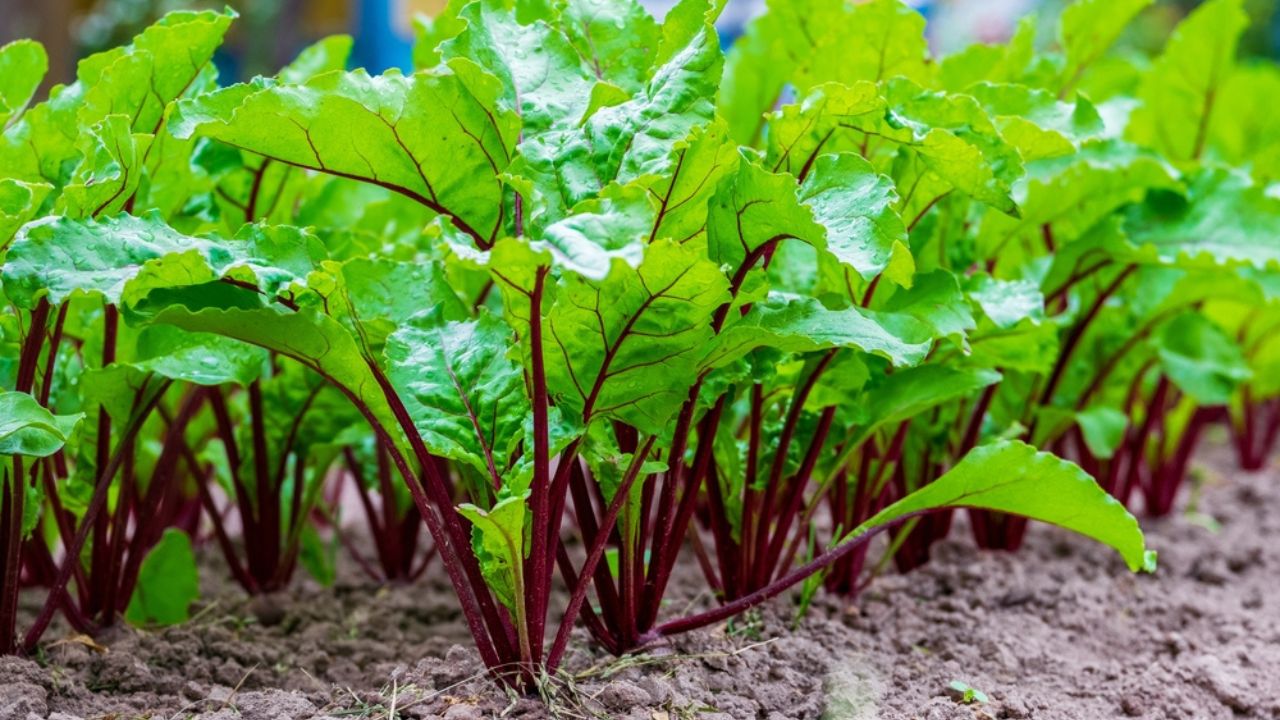
Image Credit: Shutterstock.
Regardless of the color of the beet, they are best grown in full sunlight and do well in alkaline and salty soils. Before beet seeds are sown, it is a good idea to soak them in warm water for a full day to aid their germination. The seeds should be planted when the soil temperature is around 50 degrees.
It is also important to note that beets are known to be a cool-season crop, and they can withstand several touches of frost. Learn how to grow beets and what plants are good companions for beets.
How Beet is Used in Food
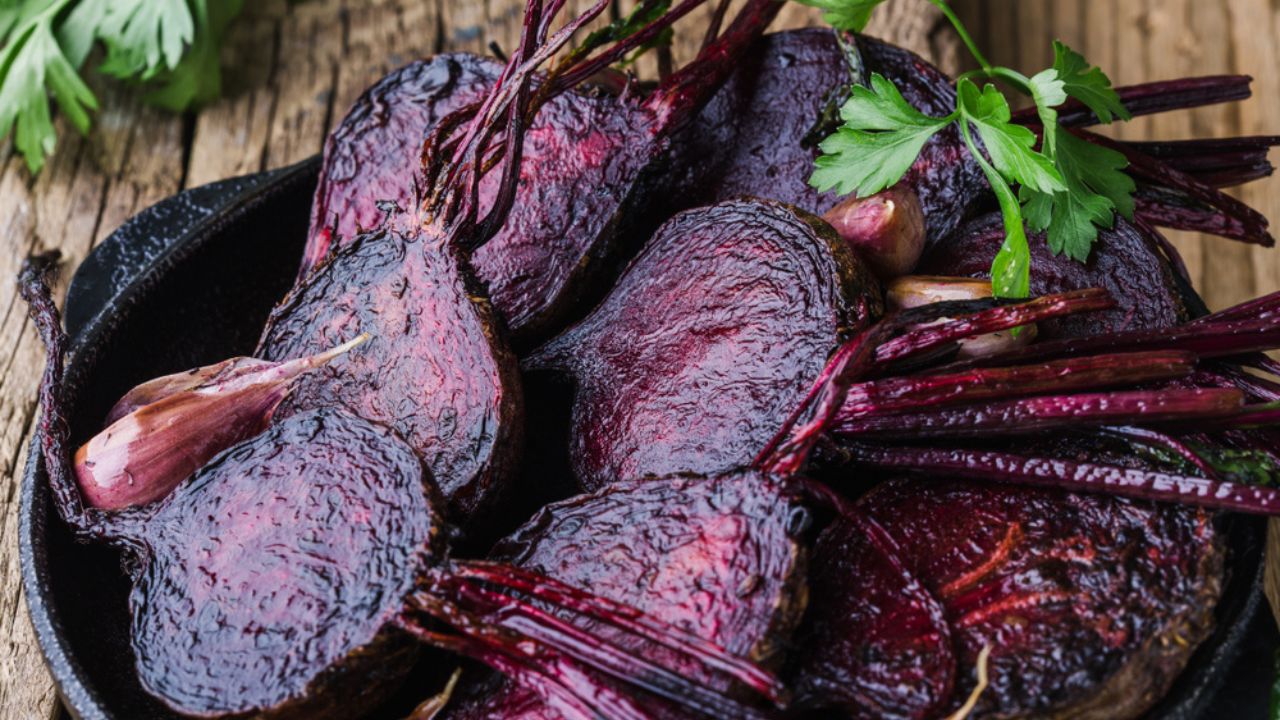
Image Credit: Shutterstock.
The typical ways of preparing beets are to boil, roast, or even eat them raw, either alone or with other salad components. In terms of commercial production of beets, you are likely to find them boiled and sterilized or to find them pickled in jars.
Something well-known today, but that is not practiced everywhere, is eating the leafy, green portion of the beet. Mature leaves will usually be boiled or steamed and ultimately have a texture much like that of spinach. At the same time, younger and smaller beet leaves may be added raw to a salad.
Check out these 31 must-try beet recipes.
The Use Of Beets Around the World
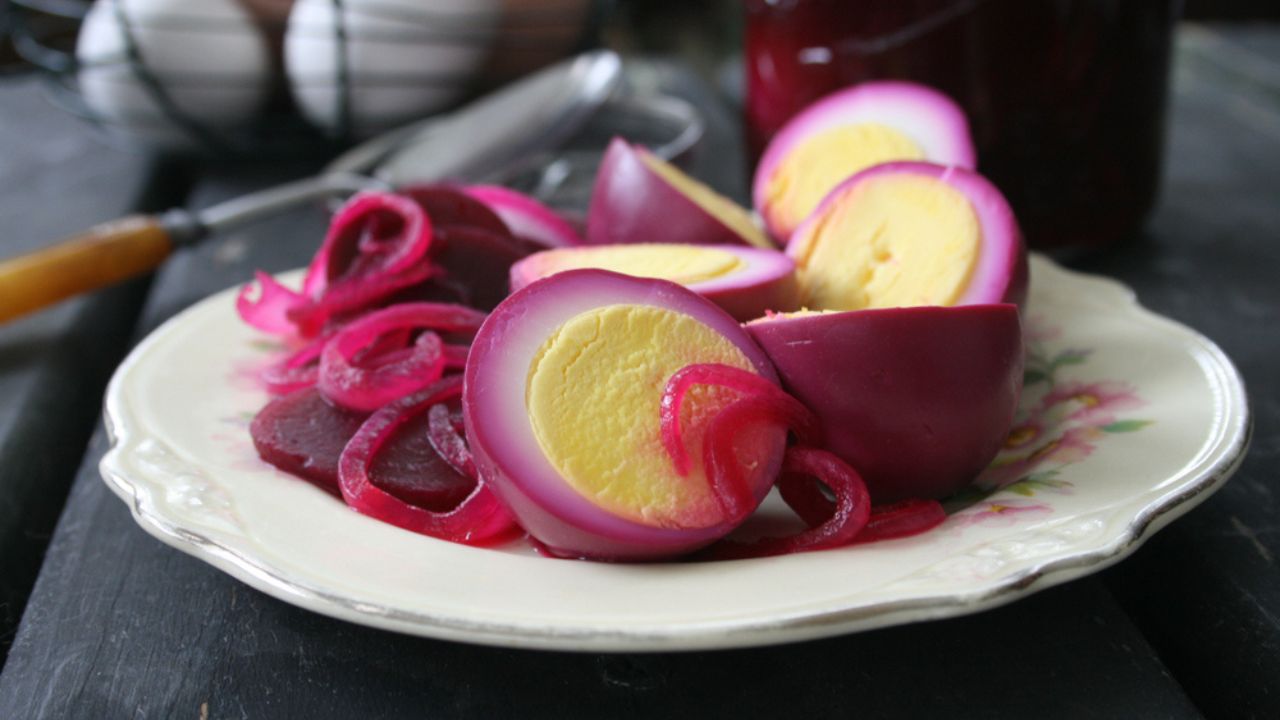
Image Credit: KITCHENADE at Shutterstock.
Beets are used in various ways around the world. In India, you are likely to find it as a side dish. In this case, they have been chopped up, cooked, and spices have added to them. In places like Eastern Europe, borscht, a beet soup, is quite common.
A Pennsylvania Dutch dish that is quite popular is pickled beet egg. In this case, eggs are hard-boiled, peeled, and then refrigerated in the liquid left over from pickling the beets. The eggs are left until they turn a deep reddish-pink hue.
In Serbia, you will find beet in a winter salad, where it is flavored with salt and vinegar and then served with meat dishes. In Poland and Ukraine, it is common to find beet combined with horseradish. This is then used on sandwiches or can be added to meals of meat and potatoes.
They do something quite exciting in Australia and add a slice of pickled beet to a hamburger consisting of a beef patty, fried egg, pineapple, and cooked onion.
Nutrition in the Vegetable Beet
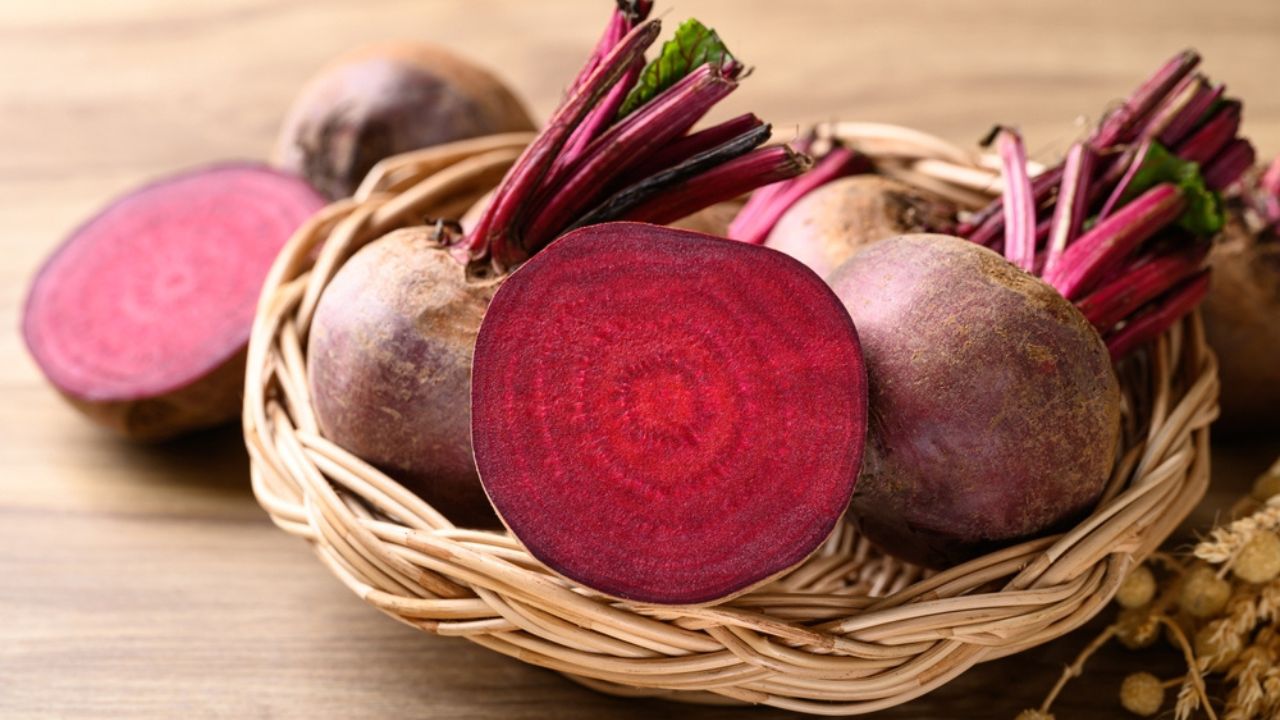
Image Credit: Shutterstock.
As we have touched on, it is nowadays well known that the greens of the beet hold just as much, if not more, nutrition than the root. It is strange that when they were first used, back in the 8th century, they were predominantly used for their leaves. Nowadays, there is a greater chance of seeing people consuming the root and discarding the leaves.
These greens are a versatile part and can be used in recipes that call for chard, spinach, kale, and similar leafy greens. They can also be used in a mix with various lettuces to make a healthy salad. It should be noted, though, that the stems are often bitter and therefore usually discarded.
Before we get to the reasons for eating beets, we want to make you aware that the component, Betanin, which gives beets their reddish hue, cannot be broken down by the human body. Therefore, you may find your urine is dyed red. Do not be alarmed by this, as it is not harmful and will work its way out of your system shortly.
It also has an earthy flavor that some people find takes a bit of getting used to. If you really don’t like the flavor, there are some ways to get beets into your diet by mixing them into other foods or in shakes and drinks so that you don’t taste them as much. My favorite beet recipe is beet jerky.
Beets Health Benefits
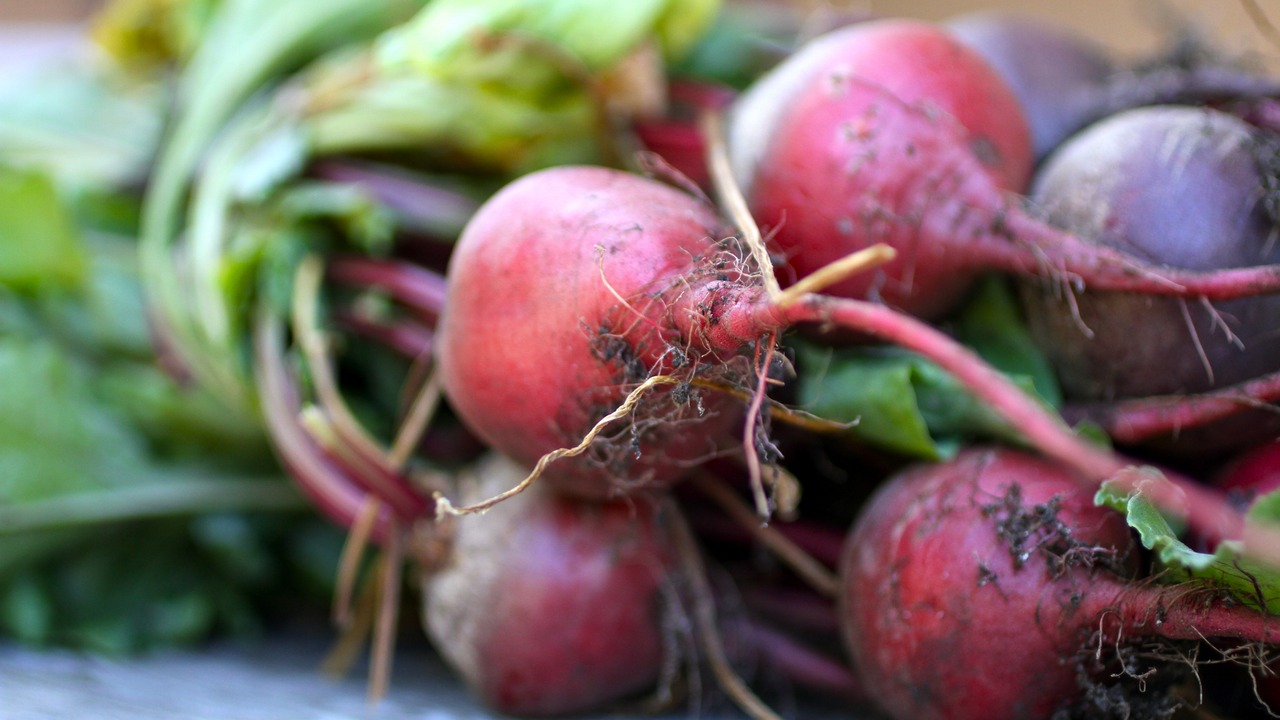
Image Credit: The Farmstrs/CC BY-SA 2.0.
There are many reasons why beets are so popular, besides the fact that most people find them to be rather delicious. The health benefits of beets include:
- They help to lower your blood pressure.
- They are stacked with nutritional content, yet are low in calories.
- They are thought to have anti-inflammatory effects.
- They offer a good source of fiber and aid in digestive health.
- Beets help to reduce the chance of cancer cell development.
- Because of their high water content and low-calorie count, they are beneficial for weight loss.
- They are excellent at raising blood sugar levels as they are high in sugar.
To sum it up, beets are great for improving blood flow throughout your blood vessels. Even just drinking a glass of beet juice daily can work wonders for a healthy heart. It’s also a great source of folate and a wonderful addition to any healthy diet.
Beets have been connected with lowering your risk of heart disease and are a great source of dietary fiber. These are just some of the reasons you may want to add beets to your diet today.
Time to Add More Beet to Your Diet
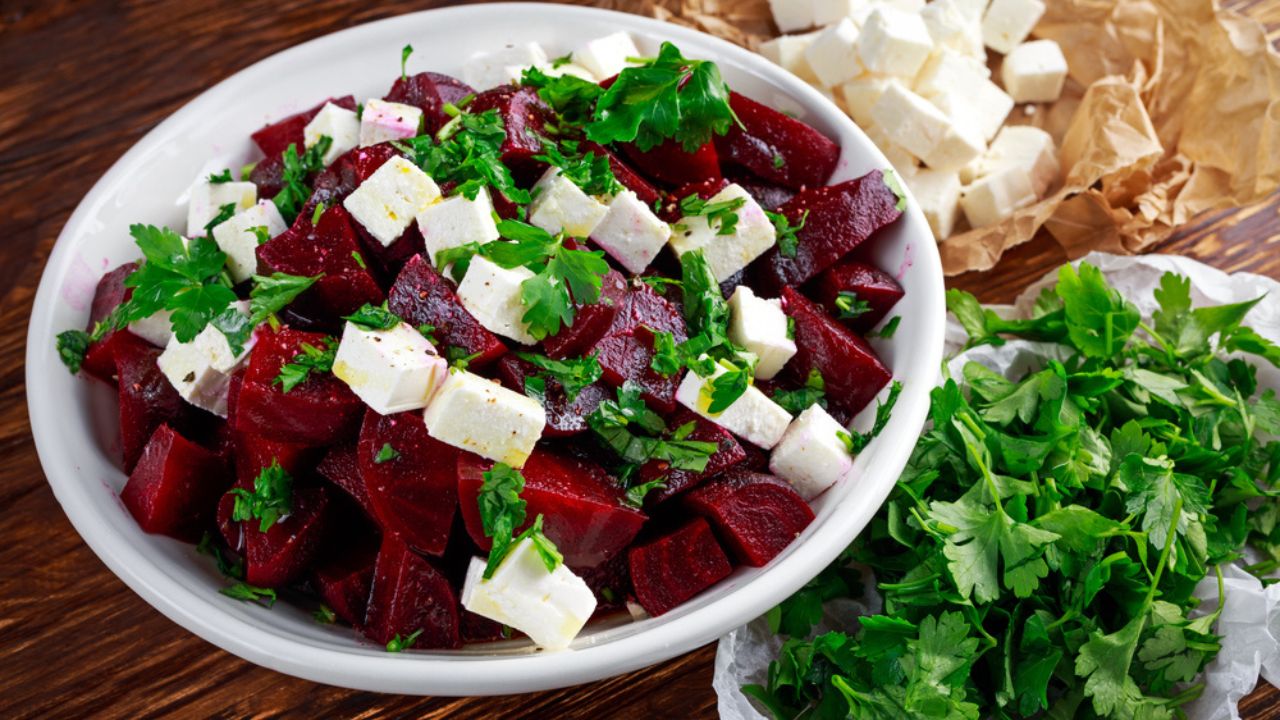
Image Credit: Shutterstock.
So there we have it, beets are indeed a vegetable and a very diverse option if you are thinking of including them in your diet. The great benefit of this plant is that you can use its roots and leaves, which are both wonderfully tasty additions to many dishes.
From raw beets to canned or cooked into meals, these root vegetables can be prepared in a variety of ways.

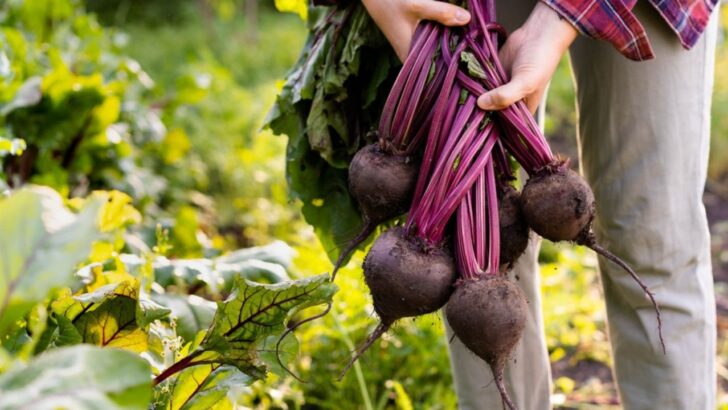

What To Do With Beets: 12 Tasty Ways To Enjoy Them
Tuesday 28th of February 2023
[…] Beets are an excellent source of vitamins and minerals, including iron, folate, and fiber. They also contain powerful antioxidants that can protect against cell damage. Whether you add them to salads or juice them for a nutrient-rich drink, beets are a delicious and nutritious way to add some variety to your diet. Learn more about the benefits of eating beets. […]